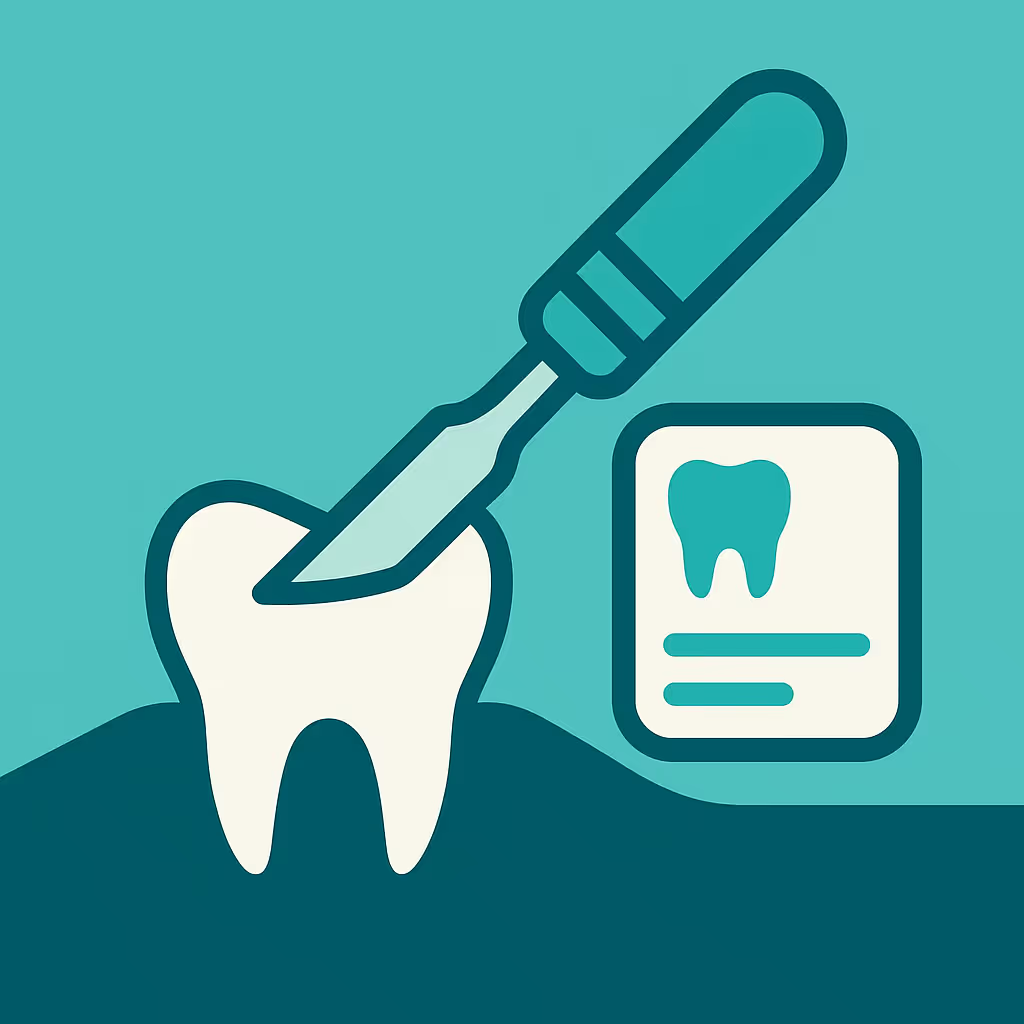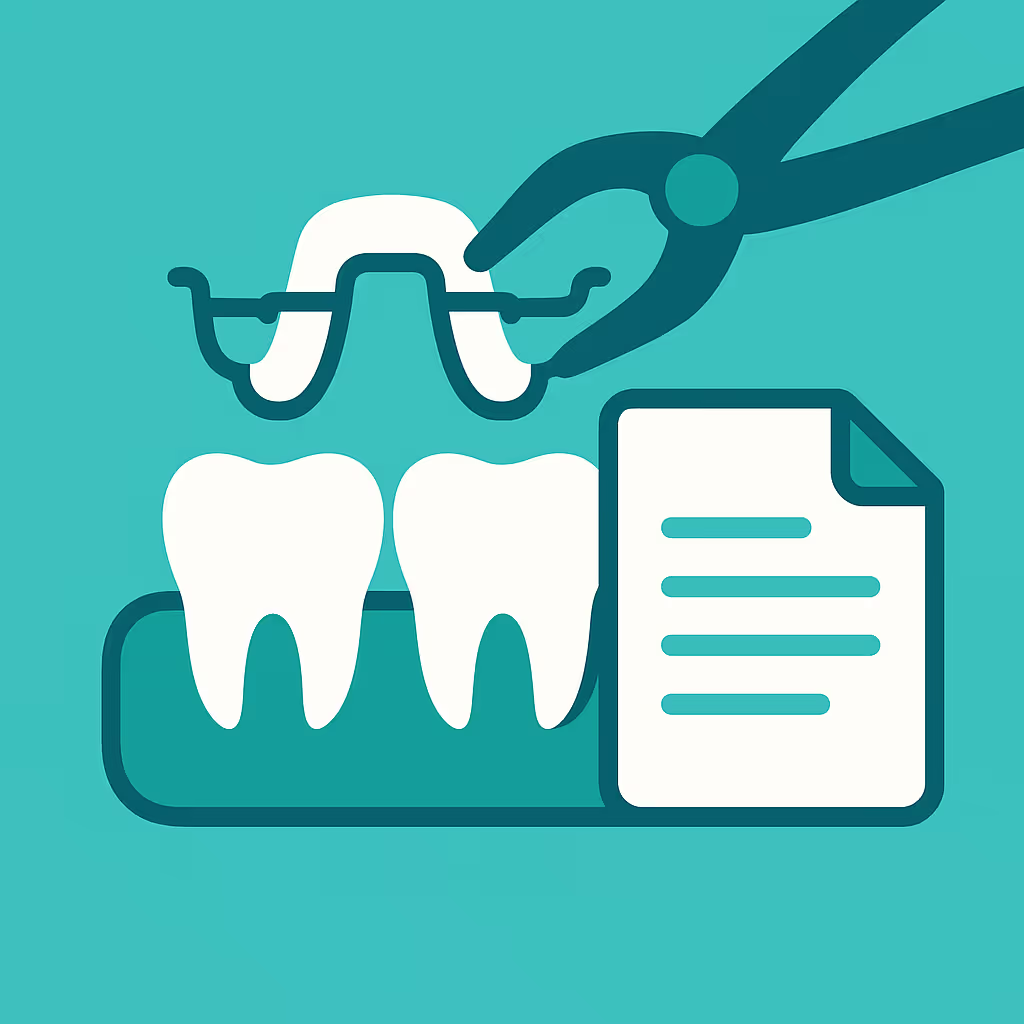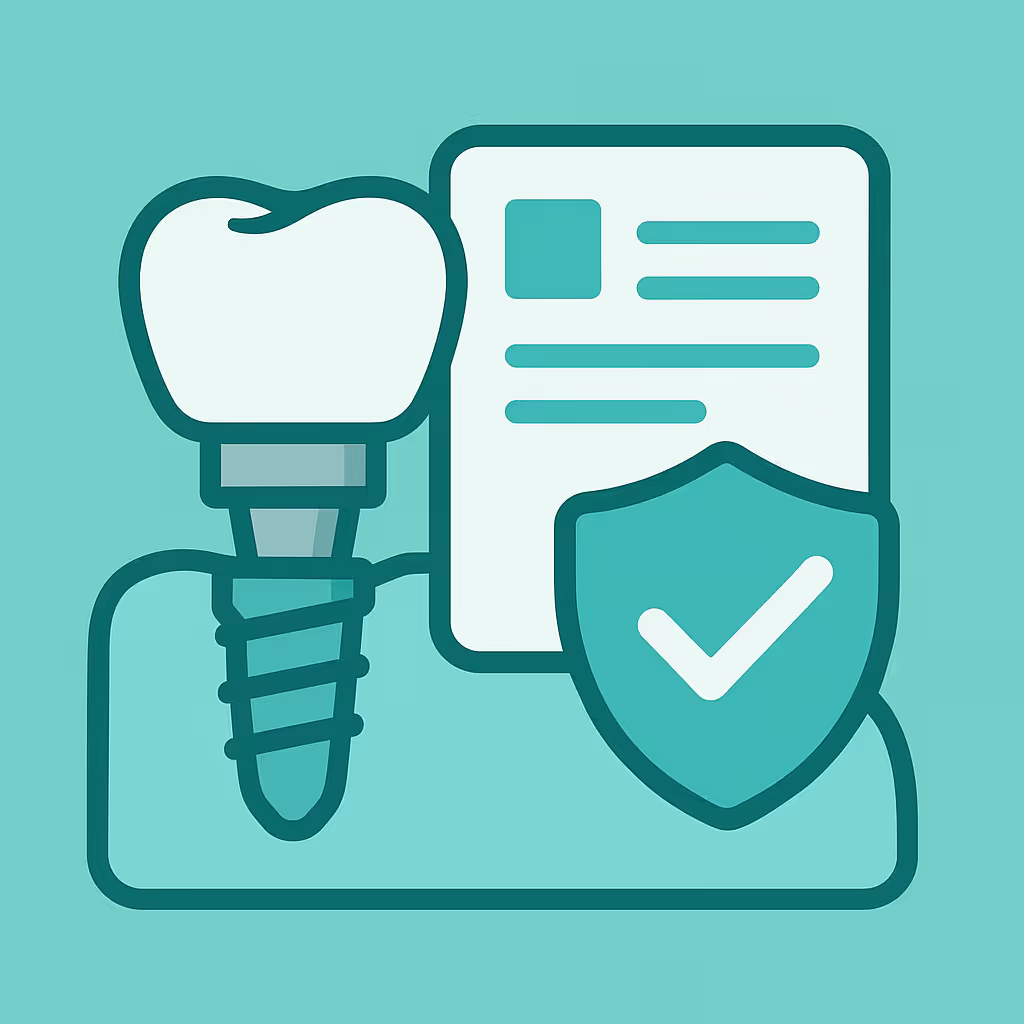Understanding Dental Code D3351
When to Use D3351 dental code
The D3351 dental code is used for apexification or recalcification procedures during the initial visit. This CDT code applies when a dentist is performing apical closure or calcific repair of root perforations, root resorption, or other similar conditions, typically in non-vital, immature permanent teeth. It is most commonly indicated for young patients whose root development is incomplete due to trauma or infection, and where traditional root canal therapy is not yet feasible. Using D3351 correctly ensures accurate claim submission and proper reimbursement for these specialized endodontic services.
Documentation and Clinical Scenarios
Proper documentation is essential for the successful use of D3351. Dental offices should record detailed clinical notes, including:
- Diagnosis and justification for apexification or recalcification (e.g., necrotic pulp in an immature tooth)
- Radiographic evidence showing open apex, root resorption, or perforation
- Details of the procedure performed (materials used, technique, and any complications)
- Planned follow-up visits and expected outcomes
Common clinical scenarios include a child with a fractured tooth and incomplete root formation, or a patient with external root resorption requiring apical closure. In these cases, D3351 is billed for the initial visit, while subsequent visits may require related codes such as D3352 for interim medication replacement, or D3353 for final apical closure.
Insurance Billing Tips
To maximize reimbursement and reduce denials when billing D3351, follow these best practices:
- Verify insurance coverage for endodontic procedures before treatment. Not all plans cover apexification, so check benefits and pre-authorize if needed.
- Submit comprehensive documentation with the claim, including diagnostic radiographs, clinical notes, and a narrative explaining the medical necessity for apexification.
- Use the correct CDT code (D3351) for the initial visit only. For subsequent visits, use the appropriate follow-up codes.
- If the claim is denied, appeal with additional documentation such as progress notes, updated radiographs, and a letter of medical necessity from the treating dentist.
- Track claims in your accounts receivable (AR) system and follow up promptly on unpaid or underpaid claims.
Example Case for D3351
Consider an 11-year-old patient who suffered dental trauma, resulting in a non-vital upper central incisor with an open apex. The dentist determines apexification is necessary to encourage apical closure before root canal therapy can be completed. At the initial visit, the dentist removes necrotic tissue, disinfects the canal, and places a biocompatible material to stimulate calcific repair. The procedure is documented thoroughly, and D3351 is billed to the patient’s insurance with supporting x-rays and a detailed narrative. The claim is approved, and the office schedules follow-up visits to monitor healing and complete the endodontic treatment.
By understanding when and how to use D3351, dental teams can ensure accurate billing, proper reimbursement, and the best outcomes for patients requiring apexification or recalcification procedures.





